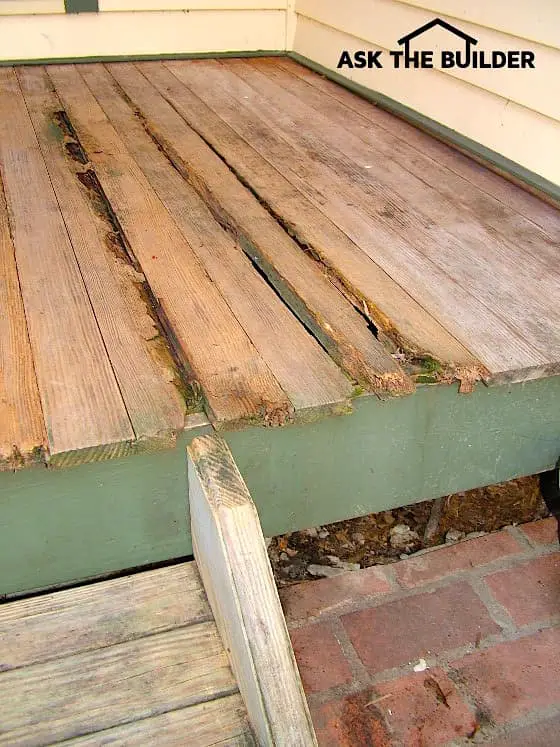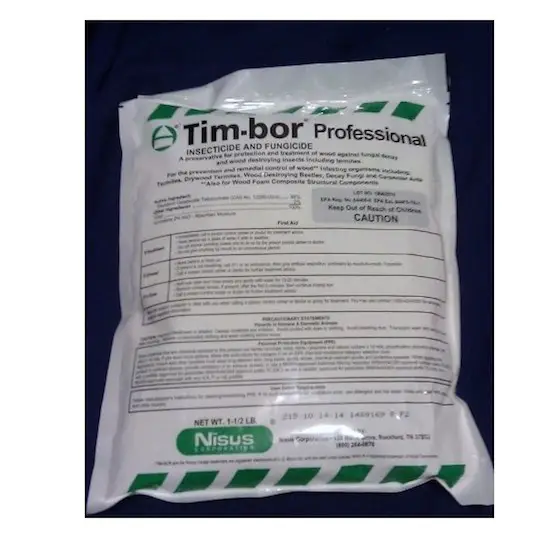Termite Damage
Talk about a horse race! Every year, there is well over a billion dollars in damage to U.S. homes and businesses that is directly related to termites. New Orleans alone suffers $300 million worth of damage a year! This means that a company or companies that can develop a product that delivers a knock out punch to those little subterranean devils stands to hit the jackpot. The race is on as we speak and it looks like one of the companies is several lengths ahead.
Termite Pest Control Research
Currently the rage in the pest control industry is the termite baiting systems commonly referred to as Colony Elimination Systems. They work to kill termites instead of simply repelling them. This is a good thing! But don't think for a moment that the chemical company scientists are resting on their laurels! Research is ongoing at any number of labs and it was recently announced that a mold has been discovered that kills termites. This would mean we might have a new bio-pesticide instead of synthetic chemicals. This new mold is so powerful that it killed 100 percent of the termites that contacted it within seven days! The point is that termites are getting the attention of many, many people including you!
Improving Existing Products
Many of the termite baiting products need to be installed by professionals. Those that do need regular and ongoing monitoring to see if the termites are present, have been killed and have possibly reappeared. Remember, new colonies can form each and every season! It is expensive to send out a person to look at each and every one of the little stations that is buried in the ground. Imagine if the stations would tell you if termites have arrived and were eating the bait within the station.
Well, at least two companies are working on such a device. One is a simple spring loaded gizmo that pops up once termites have chewed enough of the poisoned wood bait. The spring lets go and a rod or flag pops up to let you know dinner guests have arrived!
Termite infestation? Pick the best exterminator using my Termite and Carpenter Ant Checklist. I offer a 100% Money Back Guarantee.
The folks who make Sentricon are going much farther than this. They are developing a radio controlled system that detects termite activity and then actually sends a signal to the pest control company! They then send a technician out to confirm the presence of the little beasts. If these systems or other ones are developed, look for the price of the termite baiting systems to drop slightly over time.
Don't Give Up
Many pest control operators are switching over entirely to the new bait treatments. This is both good and bad. Keep in mind that not all of the new baiting systems are equal. Not all have been proven to be as effective as the other. If you hire a company that has a product that doesn't really perform that well, you may be in for a surprise. The traditional barrier systems are still a good choice for new homes that are being built. I always made sure that the soil beneath slabs I was pouring was chemically treated to do everything possible to repel termites. The barrier chemicals can also be injected in and around backfill soil very easily as a house is being built. It is expensive to do it on existing homes because of all of the drilling that is necessary.
If you are building a new home, absolutely insist on some form of pre-treatment program as the house is being built. Make SURE you talk with the pest control company yourself. Some of the chemicals are light sensitive and they degrade rapidly if they are not covered with concrete or soil in a hurry. You need to make sure this happens or the termites may move in with you!
Column B373

